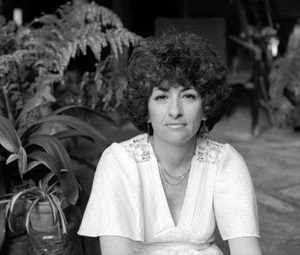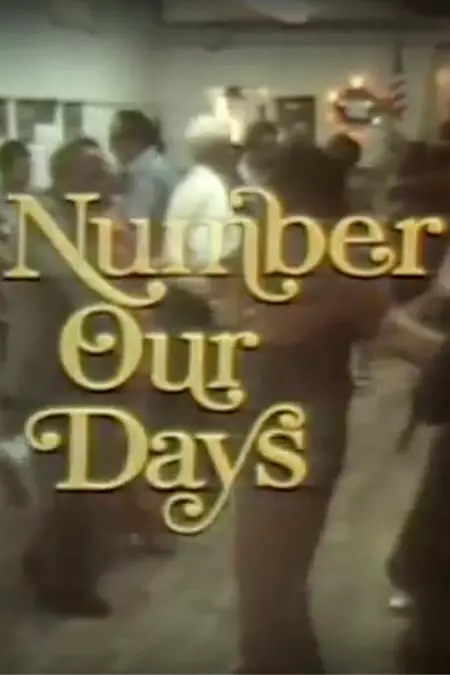Biography
(No Information)
Filmography
all 2
Movies 2
self 2
Information
Known ForActing
GenderFemale
Birthday1935-02-16
Deathday1985-01-07 (49 years old)
Birth NameBarbara Gay Siegel Myerhoff
Birth PlaceCleveland, United States
CitizenshipsUnited States
This article uses material from Wikipedia.
Last updated:
Image credit: University of Southern California Libraries Special Collections, CC BY 3.0, via Wikimedia Commons
 Barbara Myerhoff
Barbara Myerhoff- Filmography
- Information

